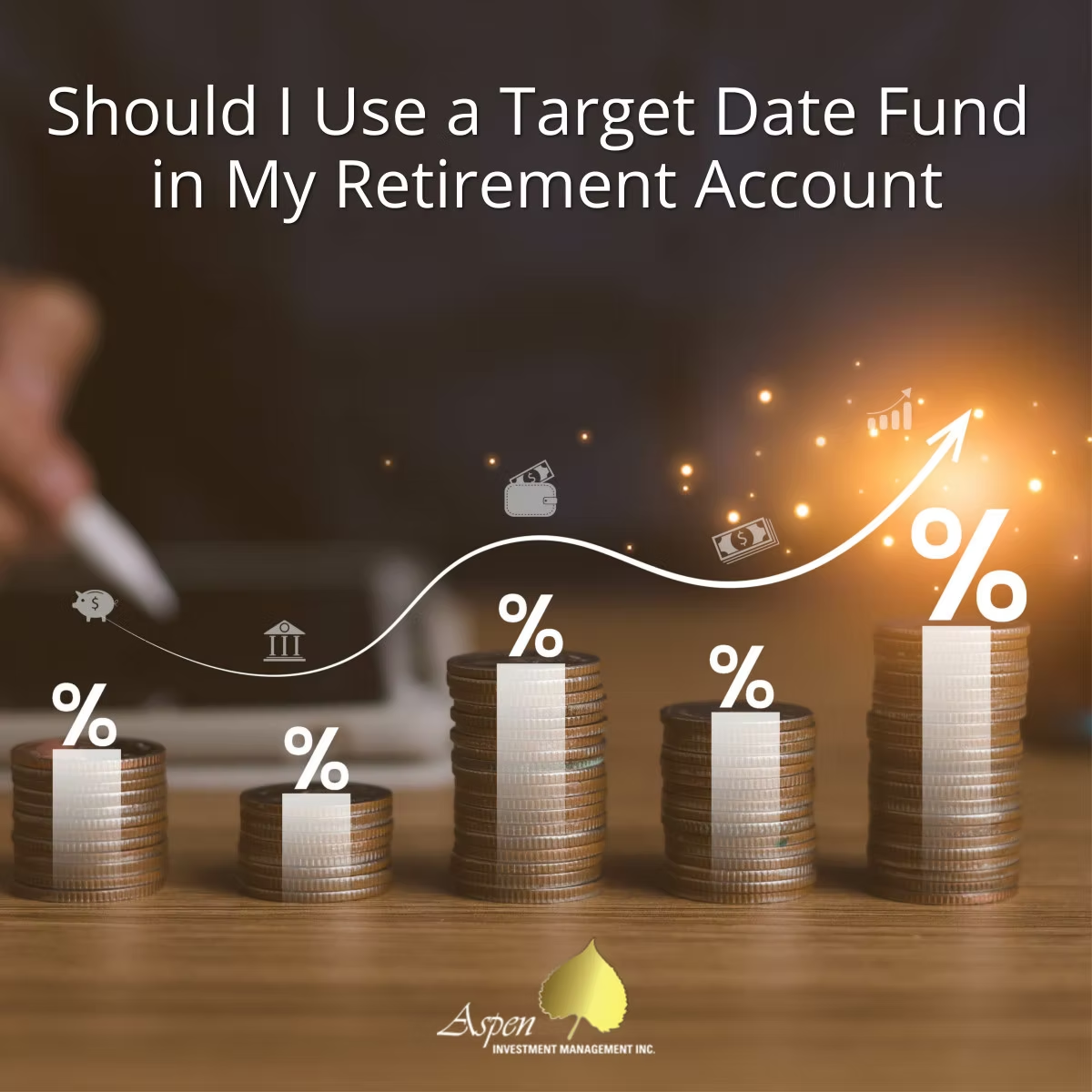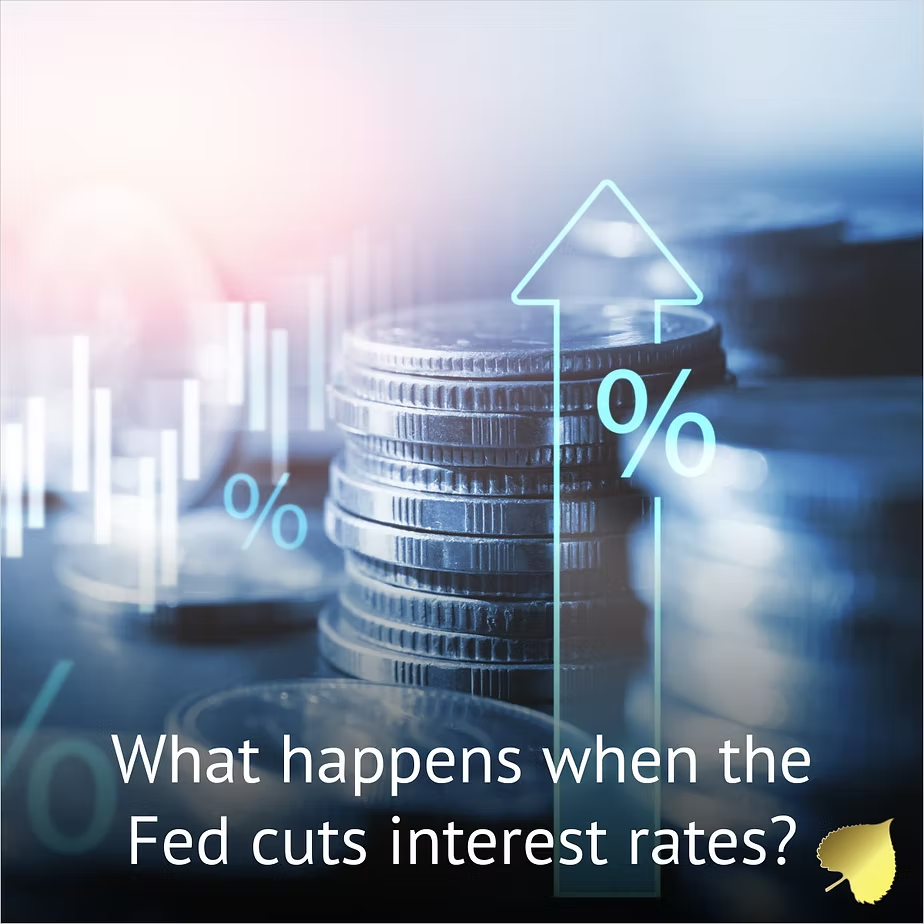Using a target date fund can be a convenient and straightforward option for many investors, particularly those who prefer a hands-off approach to managing their investments. However, whether you should use a target date fund depends on your individual financial goals, risk tolerance, investment knowledge, and preferences. Here are some considerations to help you decide:
Characteristics of Target Date Funds:
1. Simplicity: Target date funds are designed to be all-in-one investment solutions. They automatically adjust their asset allocation (mix of stocks, bonds, and other assets) over time based on your target retirement date. This can save you the effort of constantly rebalancing your portfolio.
2. Diversification: These funds typically hold a diversified mix of assets, which can help spread risk and reduce the impact of market fluctuations.
3. Time Horizon Consideration: Target date funds are designed to become more conservative as you approach your target retirement date. This aligns with the general principle of reducing investment risk as you get closer to needing the funds.
4. Hands-Off Approach: If you don't have the time, knowledge, or interest to actively manage your investments, a target date fund can offer a simple "set it and forget it" approach.
Considerations and Potential Downsides:
1. Limited Customization: Target date funds offer a pre-set asset allocation that might not perfectly align with your risk tolerance or investment preferences.
2. Fees: While fees vary, some target date funds can have relatively higher expense ratios compared to building your own portfolio of individual index funds or ETFs.
3. One-Size-Fits-All: These funds assume that all investors with the same target date have the same risk tolerance and financial situation, which might not be the case.
4. Lack of Active Management: Target date funds generally follow a predetermined glide path, meaning they might not adjust to market conditions as actively as some actively managed funds.
5. Investment Knowledge: If you're interested in learning about investing and actively managing your portfolio, a target date fund might not provide the educational experience you're looking for.
Factors to Consider:
1. Investment Knowledge: If you're knowledgeable about investing and comfortable creating and managing your own diversified portfolio, you might prefer a DIY approach.
2. Customization: If you have specific investment preferences or goals that aren't well-served by a standard target date fund, building a customized portfolio might be a better fit.
3. Cost: Compare the fees of target date funds to other investment options to ensure that you're comfortable with the cost.
4. Time and Effort: Consider how much time and effort you're willing to dedicate to managing your investments. Target date funds can be a low-maintenance option.
5. Risk Tolerance: Assess your risk tolerance and make sure that the asset allocation of the target date fund matches your comfort level.
In summary, if you value simplicity, hands-off investing, and a broadly diversified portfolio that becomes more conservative over time, a target date fund could be a suitable choice. However, if you prefer more control, customization, and potentially lower fees, you might consider building your own portfolio of individual index funds or ETFs. It's a good idea to evaluate your financial goals, risk tolerance, and investment preferences before making a decision. If you want help in deciding if a target date fund makes sense for you, or if you’ve recently retired and need assistance creating a distribution plan for retirement, please schedule a meeting with us today!





